What Kind Of Soil To Put In A Raised Vegetable Garden Cheaply
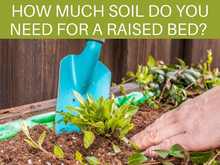
The cost of soil to fill raised beds can add up pretty quickly. Fortunately, there are ways to reduce the cost of filling them.
The cheapest way to fill raised beds is from materials available on your own property–soil, and organic matter (leaves, pine needles, grass clippings, wood chips, etc.). Your town & local schools might also have soil, wood chips, and compost available for free pickup that can be used in raised beds.
This article will provide help and guidance regarding cheap but effective methods. To learn how you can fill your garden's raised beds for a reasonable price, keep reading.
How much soil do you need for a raised bed?
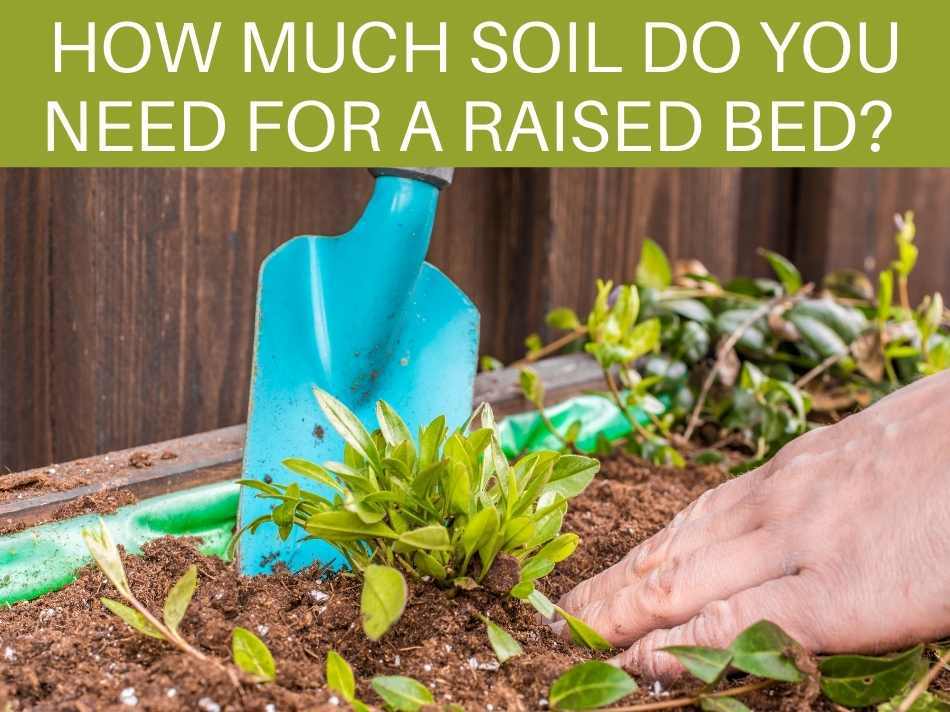
Before doing anything else, it's essential to understand the amount of soil and organic materials that you'll need.
To know the volume of soil, what you need to do is multiply width, times length, times depth to get the result in cubic feet.
Volume = Width x Length x Depth
The first step to saving money on filling your raised garden beds is through this calculation. If you're planning to fill a large raised bed or multiple raised beds, you might want to consider buying soil in bulk. A cubic yard is equivalent to 27 cubic feet, so buying in bulk might be more economically friendly.
Say your raised bed is 7 feet wide, 2 feet long, and 2 feet deep. 7 times 2, times 2 equals 28 cubic feet of material, meaning it's a little over 1 cubic yard. Therefore, in this scenario, it might be best if you buy soil in bulk.
But other factors come into the mix. If you use different materials in your raised bed, in this case, logs, branches, twigs, wood chips, you won't need as much soil because these materials will occupy space in the raised bed. You can use the leftover soil for another batch of raised beds.
Hugelkultur Method
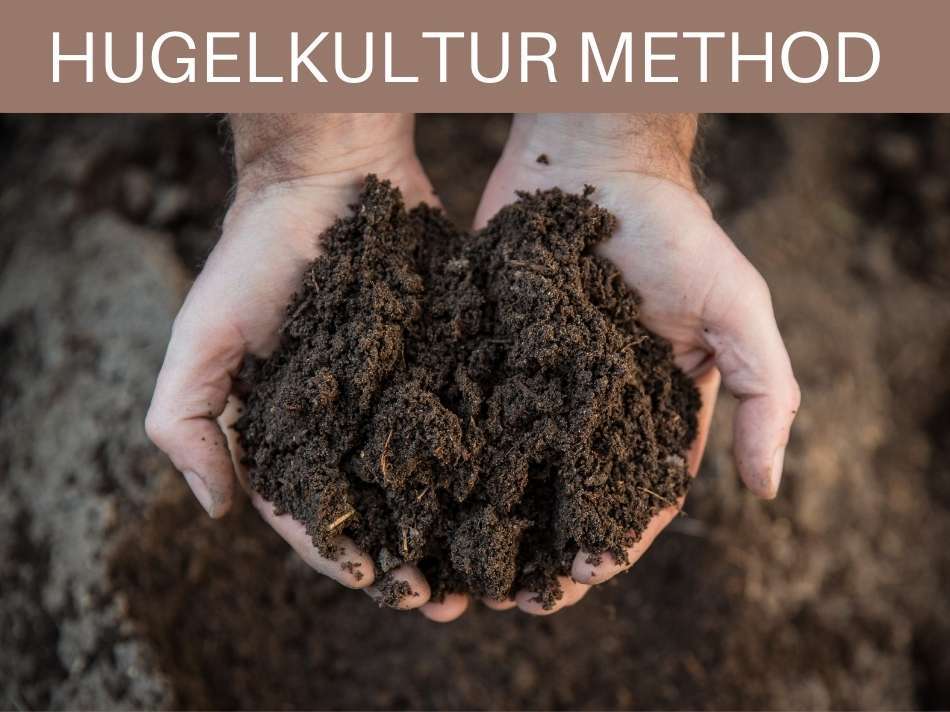
Hugelkultur, meaning "hill culture" in German, has become a fairly popular method amongst gardeners.
Burying logs, branches, twigs, grass, and leaves speed up their decomposition instead of just letting them decompose on the surface. This process also enriches the soil due to the nutrients that are in the decomposing materials.
The smaller the size of the organic materials, the faster they'll decompose and make nutrients available to plants.
Another interesting factor is that by letting the materials decompose out in the open or burning them, you're allowing the carbon to be released into the atmosphere. However, if the material is buried, the carbon will be trapped in the earth. This process is known as carbon sequestration. According to the USGS, it's a way of reducing the amount of carbon dioxide released into the atmosphere.
Instead of getting rid of a tree that you cut down, you might want to consider using it. The logs occupy volume in the raised bed, so you won't need as much soil, which saves you money.
The decomposing material used in this process will essentially play the same role as compost by retaining water. It creates a sponge-like material in the middle of the raised bed, which also releases its nutrients. However, this process requires patience, as it will take a long time to decompose.
Here are the steps on how you can fill a raised bed using the Hugelkultur method:
Build a Trench
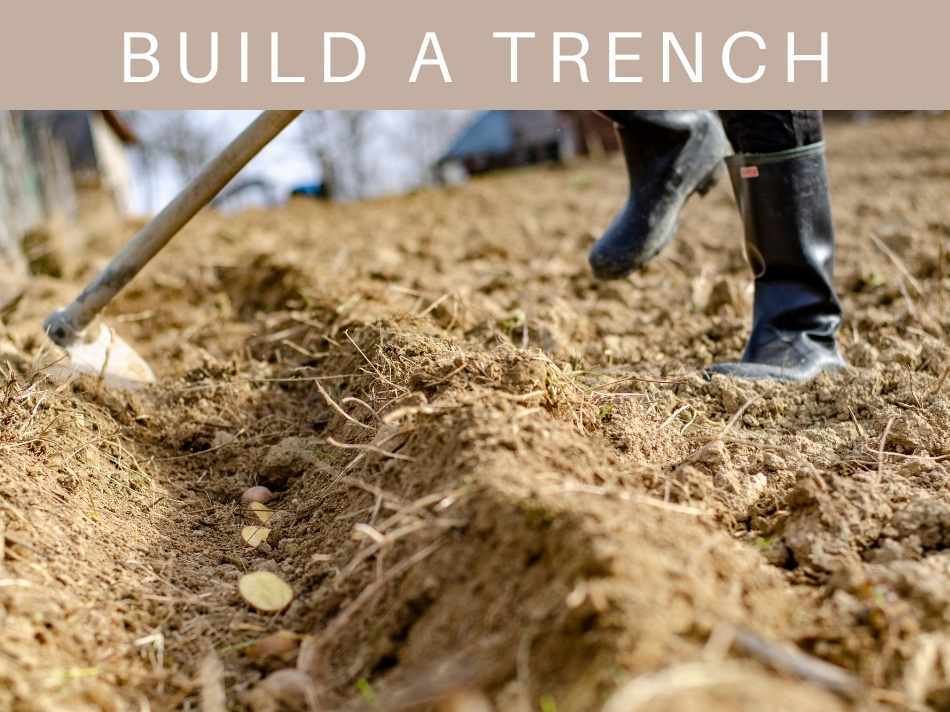
First, you need to dig a trench that's 1 or 2 feet deep and make sure that it's long enough to fit the logs and branches. You can also place some newspapers or cardboard at the bottom to prevent weeds and grass from growing.
Place the Logs, Branches, Sticks
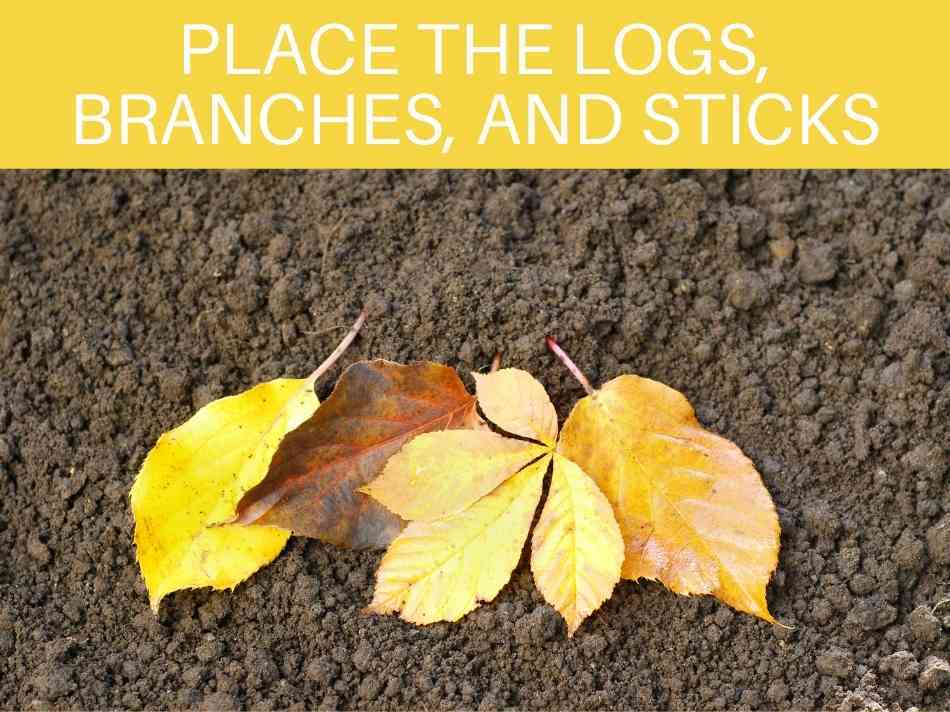
After building a trench, you have to store all the logs and branches you want to begin decomposing in it. Ensure that the materials are parallel to each other so you can pack in as much as you can.
Cover Everything with Soil
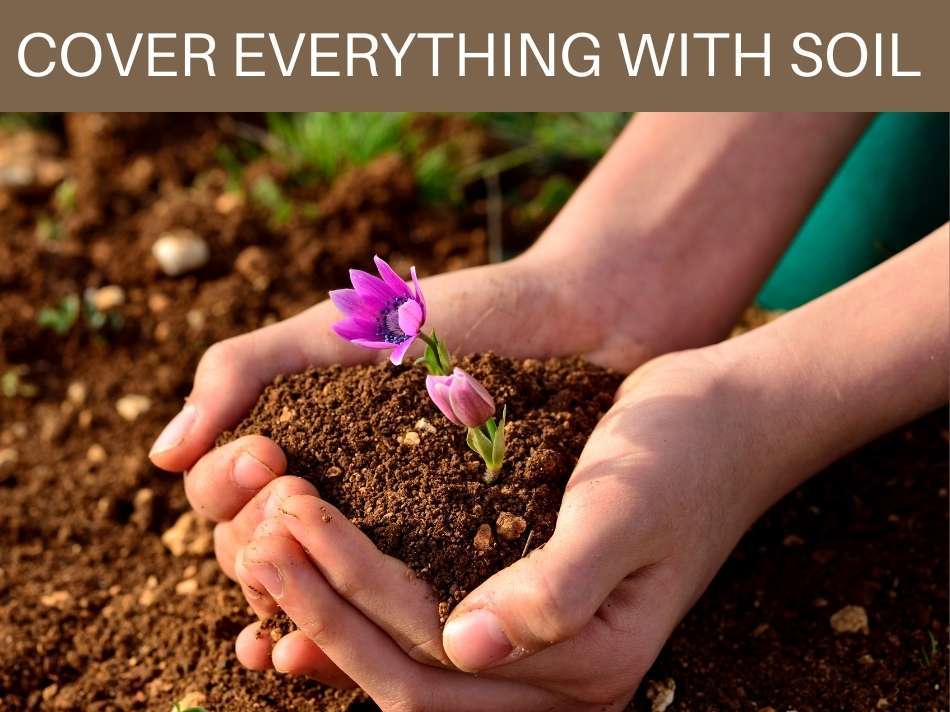
Make sure to add the leaves and grass as you cover the logs and branches with soil. You can use soil that you've bought or dug up to build your trench. Repeat this process until you're happy with the size of your mound.
If you have the necessary materials to follow these steps, you'll have a raised bed for barely any money.
Now let's look into another popular method of filling a raised bed.
Back to Eden Method
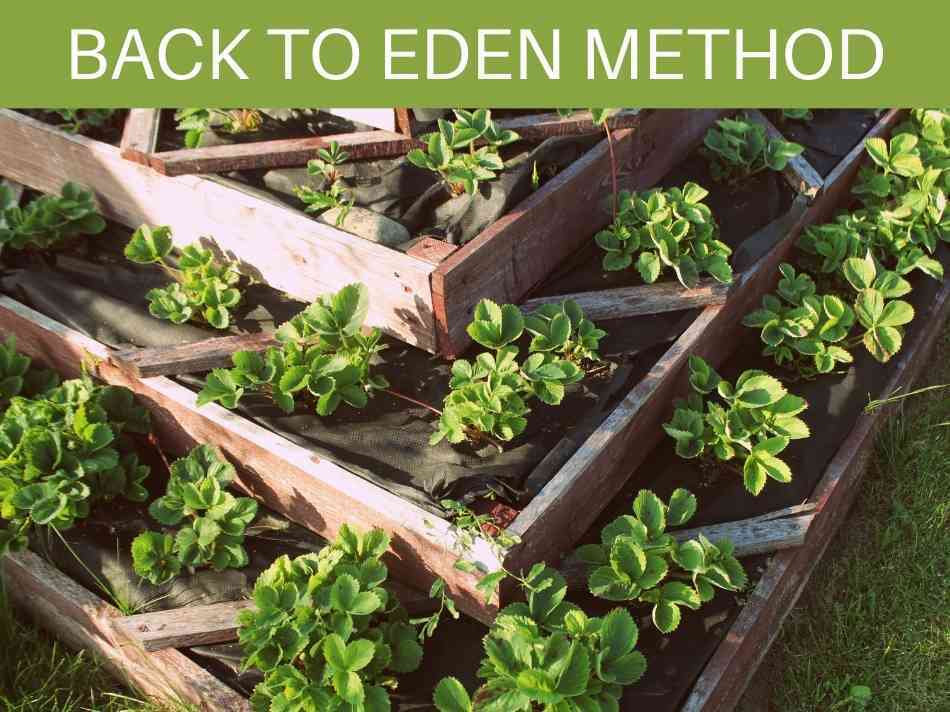
The Back to Eden Method is a no-till organic gardening method. It was created by Paul Gautschi, who has been a gardener for 55 years. This method was popularized in the "Back to Eden" documentary, in which Gautschi shared his life experiences and organic gardening methods.
The Back to Eden Method is great if you can get your hands on wooden chips. It's an easy and cheap way to fill your raised bed, and it doesn't require plenty of materials.
The idea is to use wood chips as a mulch layer. It is a sheet of material that is placed on top of the soil. It helps the soil maintain its moisture for longer, and it also improves the soil as it begins to decompose.
Here is the necessary information on how you can try the Back to Eden method for yourself:
Get Some Soil
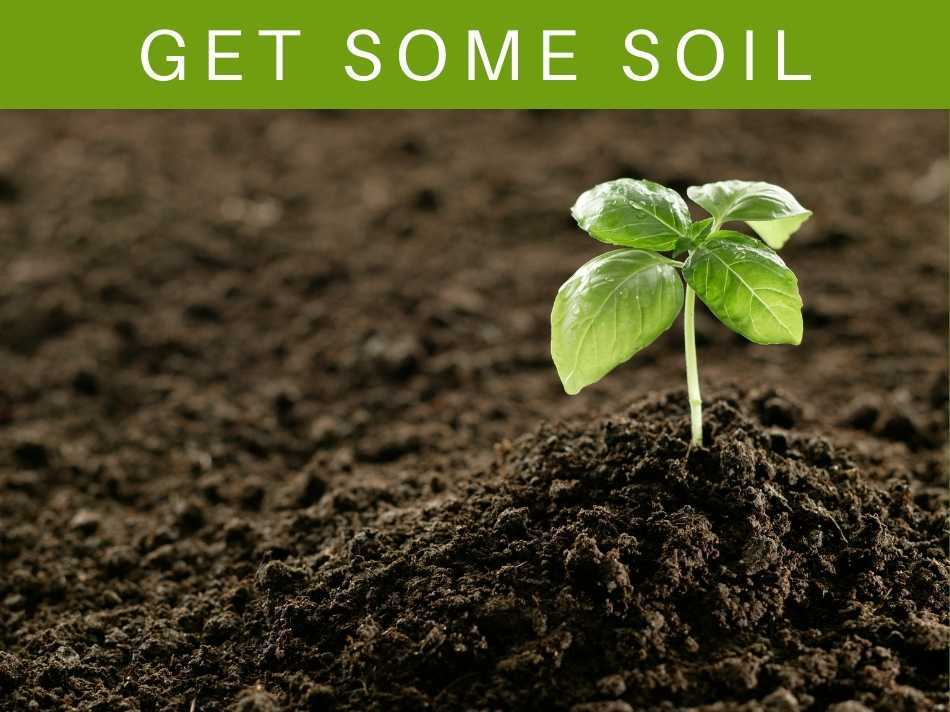
First, you have to get some soil. As mentioned before, it is optimal for you to buy in bulk to save extra bucks. If you wish, you can even do a 50:50 ratio of soil and composted organic matter.
Gather Wood Chips
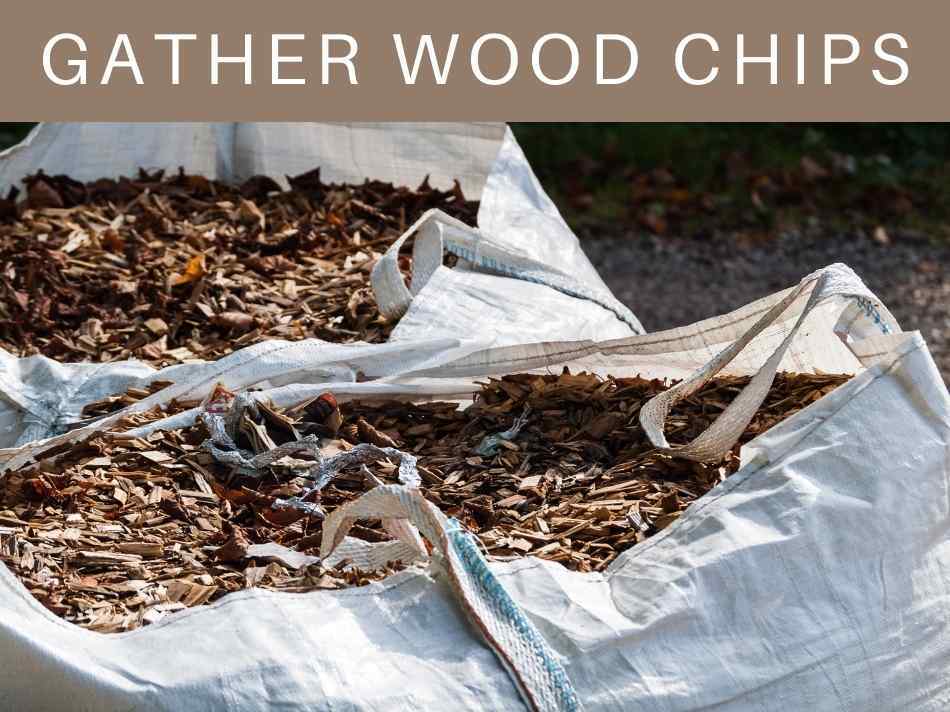
You will need wood chips to use as mulch. If you don't have your own wood chips, certain trees or landscape companies might give them away for free, rather than paying for the wood chips to be dumped someplace else.
Fill the Raised Bed
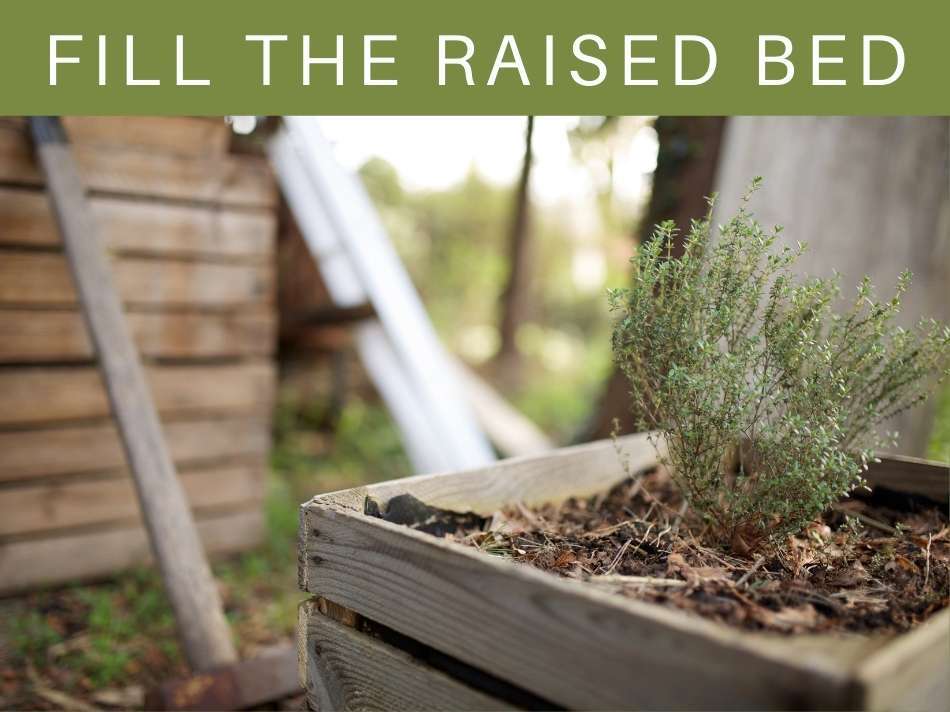
You'll want to place the soil and fill half of the raised bed with it. Then place the wood chips on top of the soil, so it can begin decomposing and create a mulch layer. You can add manure to speed up the process significantly.
It is important to plant the seeds in the soil and never in the wood chip layer. Make sure you dig into the mulch layer and plant them directly in the soil.
This method won't take as much time as the Hugelkultur method because the wood chips are smaller. It won't take as long to decompose compared to the logs and branches used in the Hugelkultur method.
The most complicated part about this method is understanding the best type of wood chip for it. If a different kind of material will be used or the type of wood chip is incorrect, it won't work as it should.
It would be best to research before picking out the materials that you want to use for your raised bed.
Conclusion
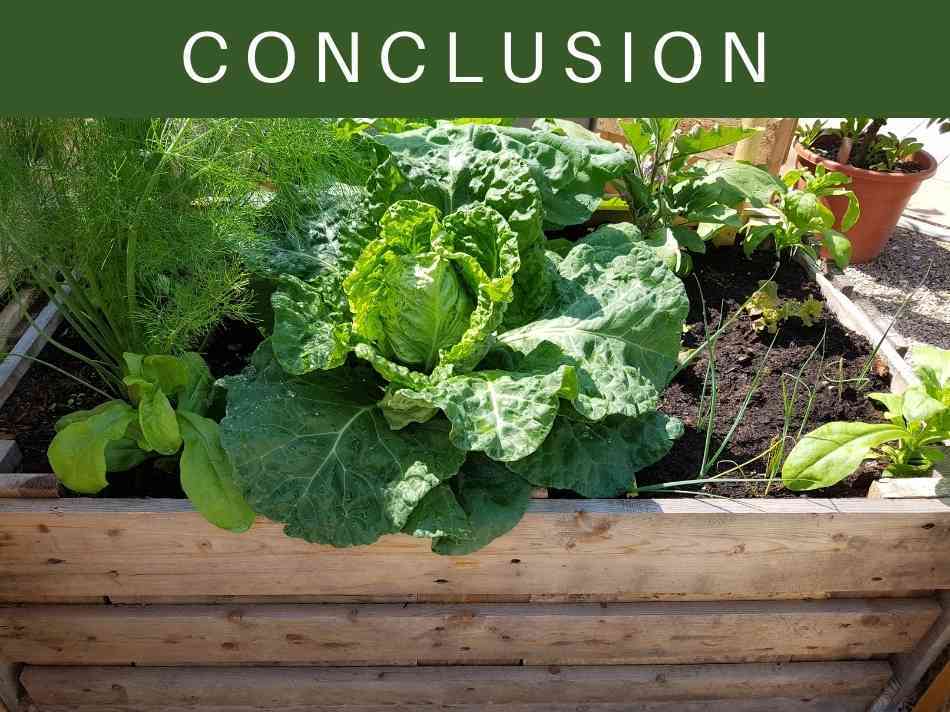
To calculate the cheapest method to fill raised beds, you have to consider your resources and which ones you can get for the lowest price, or even for free.
The two methods mentioned in this article are similar but require different resources and periods. It is up to you to decide what is best for your garden and raised beds.
What Kind Of Soil To Put In A Raised Vegetable Garden Cheaply
Source: https://www.greenhousetoday.com/cheapest-way-to-fill-raised-beds/
Posted by: embreetheatelf.blogspot.com

0 Response to "What Kind Of Soil To Put In A Raised Vegetable Garden Cheaply"
Post a Comment